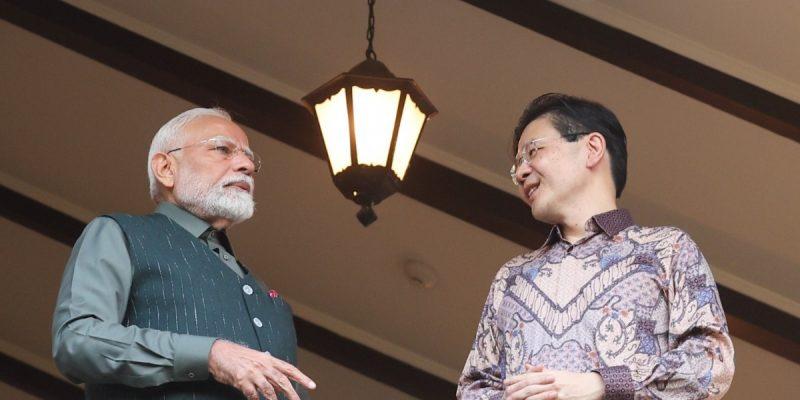On September 5, 2024, Indian Prime Minister Narendra Modi met with Singaporean Prime Minister Lawrence Wong in Singapore. The visit was to discuss important issues concerning peace in the South China Sea and their plans for closer cooperation in several fields. The leaders stressed the importance of peace in the region. They announced new agreements that will help both countries grow.
Peace and Stability in the South China Sea
India and Singapore emphasized the need for peace and security in the South China Sea. In a joint statement, the two leaders mentioned the rising tensions between China and the Philippines over territorial claims in the oil-rich waters. Both countries demanded that the 1982 United Nations Convention on the legislation of the Sea (UNCLOS) and other international legislation be respected. For peaceful settlement of problems pertaining to the South China Sea.
The leaders affirmed the importance of keeping the South China Sea free for trade and travel. They also urged the speedy conclusion of a Code of Conduct that respects the rights of all countries, including those not directly involved in the disputes.
Quad’s Role in the Indo-Pacific
India and Singapore expressed their support for the Quad, an informal group consisting of India, the U.S, Japan, and Australia. The Quad was created to address challenges in the Indo-Pacific region, and its role has grown as China’s influence increases. In their joint statement, Modi and Wong welcomed the Quad’s efforts to help countries in the Indo-Pacific region. China has often criticised the Quad, calling it an “Asian NATO.”
The leaders also reaffirmed their commitment to ASEAN’s central role in ensuring peace and stability in the region. ASEAN, the Southeast Asian regional grouping, is important for regional cooperation. India and Singapore have agreed to continue develop their partnership within ASEAN.
Focus on Semiconductor Cooperation
Another key outcome of Modi’s visit was the signing of several memorandums of understanding (MoUs). These agreements focus on cooperation in areas such as digital technology, health, education, and semiconductor manufacturing.
Both countries aim to build strong, resilient supply chains for semiconductors, which are critical to modern electronics. India hopes to grow its semiconductor market to $63 billion by 2026. Singapore, which already has a strong history in semiconductor manufacturing, can play an important role in this goal.
Jaideep Mazumdar, the Indian Ministry of External Affairs’ east secretary, explained that Singapore is a leader in wafer production, testing, and designing semiconductors. India sees great potential for joint efforts with Singapore in these areas.
Importance of Regional Cooperation
The talks between Modi and Wong highlight the need for cooperation in addressing global challenges. Ranging from regional security to economic development. Both leaders stressed the importance of open markets, free trade, and the rule of law in resolving disputes. Their commitment to these principles will shape their future cooperation. This will contribute to stability in the Indo-Pacific region.
India and Singapore’s growing partnership shows their desire to work together on a range of issues that will benefit both nations. By focusing on peace in the South China Sea and building strong semiconductor supply chains. They are taking steps to strengthen ties and promote long-term growth.

